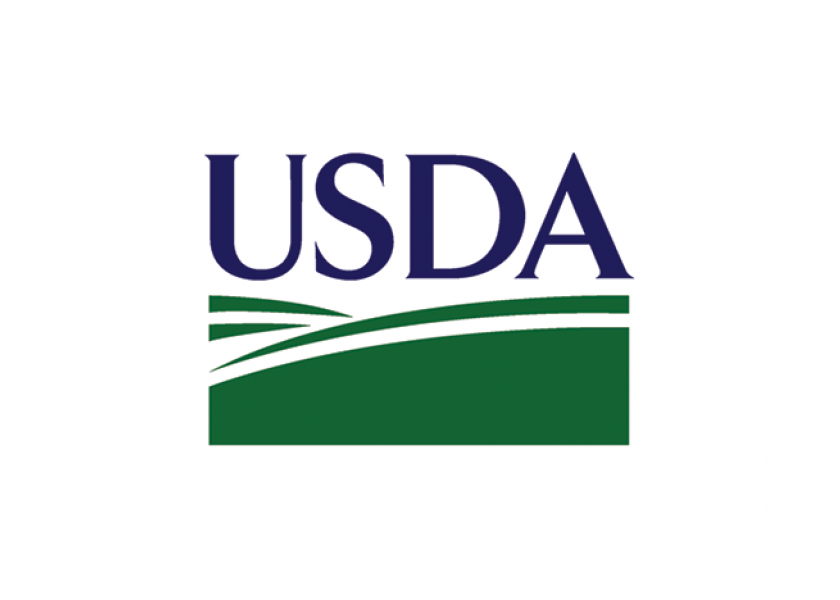USDA approves imports of fresh citrus from China

Related coverage:Florida ag commisioner calls for USDA to deny Chinese citrus
Despite consistent long-term opposition from some U.S. citrus leaders, the U.S. Department of Agriculture has approved U.S. imports of Chinese pummelo, nanfeng honey mandarin, ponkan, sweet orange, and satsuma mandarins.
USDA scientists believe the Chinese citrus varieties can be safely imported into the U.S. under a systems approach to protect against the introduction of plant pests, the agency said in an April 14 news release. The determination is effective April 15, according to the agency.
The USDA first proposed imports of the Chinese citrus varieties in 2014, and the latest comment period on a pest risk assessment for Chinese citrus imports ended July in 2019.
Forty comments about the original 2014 proposed rule and subsequent pest risk assessment are posted at regulations.gov, including several from several U.S. citrus leaders who found fault with the agency’s intentions.
In 2014, the USDA predicted U.S. annual imports of Chinese citrus would be fairly small, estimated then at 100 to 300 metric tons oranges and about 6,300 metric tons of tangerines and mandarins.
“The extent to which imports from China would result in greater competition for U.S. producers would depend on relative prices, the varieties shipped, seasonality, the qualitative attributes of the imported citrus, and the extent to which the citrus imported from China would displace imports from other countries,” the USDA said in 2014, adding that U.S. importers and distributors of fresh citrus from China would also benefit from the proposed rule.
In a comment posted in 2019, California Citrus Mutual strategic advisor Joel Nelsen said the safeguards the USDA proposed for Chinese citrus were not enough.
“Are the protocols being proposed for citrus grown in China effective based on scientific evidence to mitigate the risks associated with the pathogens and pests? Can the Chinese industry adhere to protocols? Can and will that government enforce protocols? We are not convinced at this time that the answer to these questions is yes,” Nelsen said in comments submitted in June last year.
Related articles
Agricultural innovation needed and the USDA is open to ideas
USDA looks at imports of Japanese muskmelons
APHIS seeks comment on pest risk assessment of Australian stone fruit







